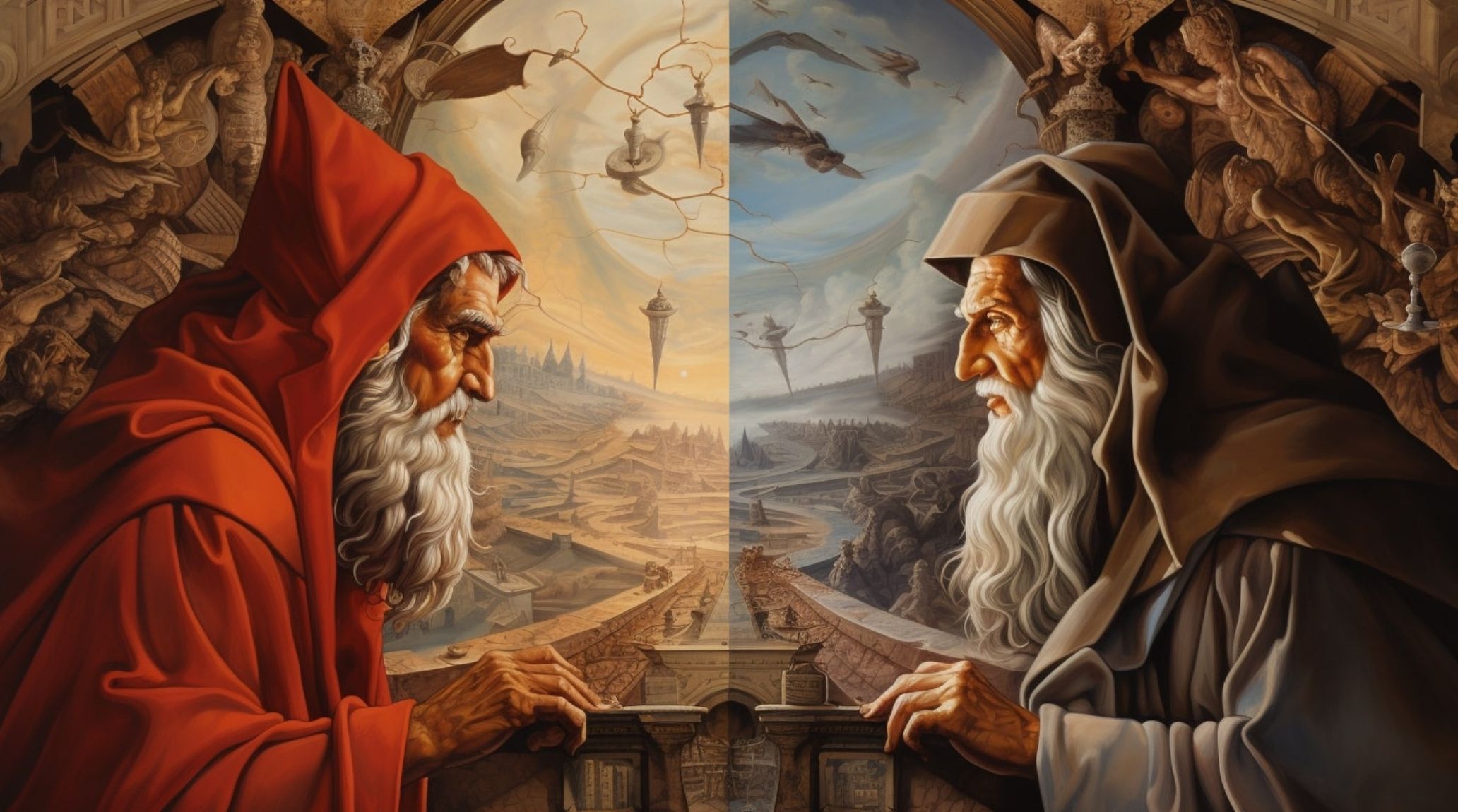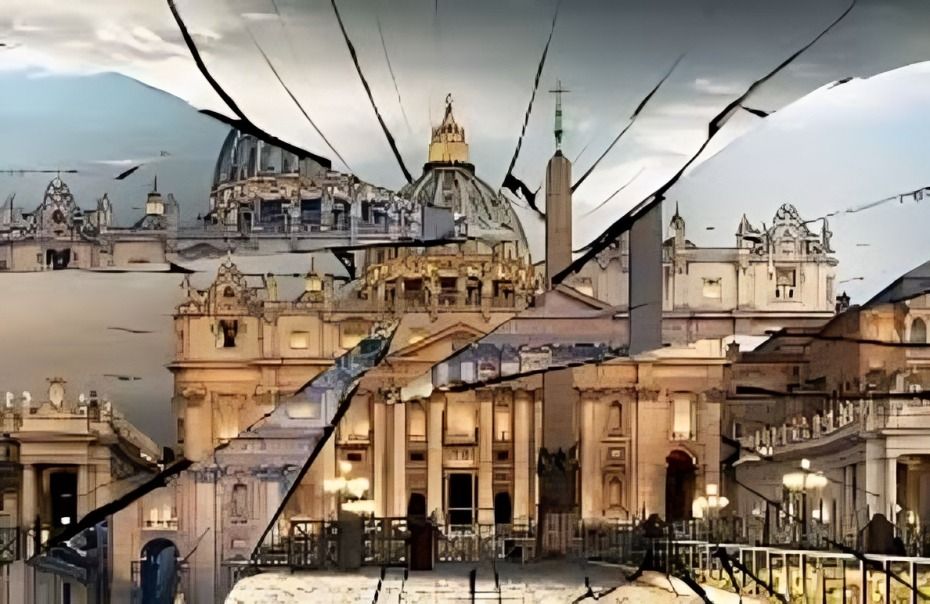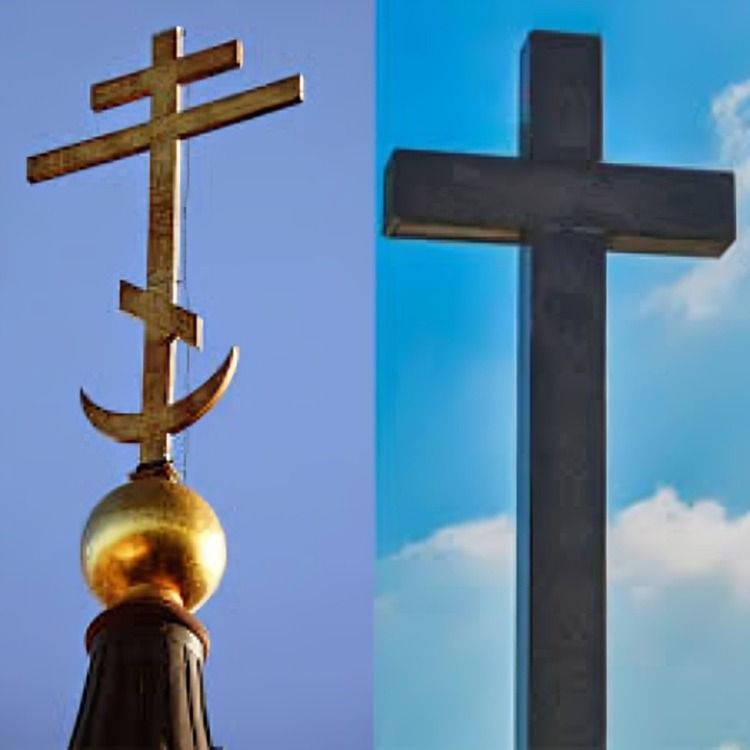
“
The Great Schism of 1054 was a pivotal moment in Christian history, marking the division between the Eastern Orthodox and Roman Catholic Churches. Curious Facts About The Great Schism delve into the reasons behind this separation, the key figures involved, and its profound impact on the Christian world. From theological disputes to political conflicts, the Schism reshaped the religious landscape of medieval Europe and influenced future church relations. Discover the lasting effects of this historic event on Christianity, culture, and global geopolitics.1
1
1
”
The Great Schism, or East-West Schism, split Christendom into Western (Roman Catholic) and Eastern (Eastern Orthodox) branches, marking a pivotal division in Christianity's history and traditions. 1
The Great Schism, starting in 1054, was caused by tensions between the Latin and Greek Churches. It became permanent after Western Christians attacked Constantinople in 1204 during the Fourth Crusade. 2
A key issue was the "Filioque" clause, added to the Nicene Creed by Western Christians, stating the Holy Spirit proceeds from the Father "and the Son," which the Eastern Church strongly opposed. 3
The political rivalry between the Byzantine Empire and the Western Holy Roman Empire exacerbated the split, as both sides sought dominance over Christian territories and influence in church governance. 4
The schism was marked by mutual excommunications, with Pope Leo IX and Patriarch Michael I Cerularius denouncing each other's authority in a dramatic break of communion. 5

Language differences contributed to misunderstandings; the Western Church primarily used Latin, while the Eastern Church used Greek, creating communication barriers and divergent interpretations of theology.
Cultural practices also differed, with the Eastern Church emphasizing mysticism and monasticism, while the Western Church focused on scholasticism and centralized ecclesiastical authority. 6
The Eastern Church rejected the papal claim to universal jurisdiction, maintaining that all bishops were equal, while the Western Church emphasized the pope as Christ’s supreme representative on Earth. 7
Crusades deepened the divide; the Fourth Crusade (1204) resulted in the sacking of Constantinople by Western Christians, leaving lasting bitterness between the Eastern and Western Churches.8
Efforts to reconcile, such as the Council of Lyon (1274) and the Council of Florence (1439), temporarily resolved disputes but ultimately failed due to opposition from Eastern clergy and laity. 9

The Great Schism influenced art and architecture, with the Eastern Orthodox Church emphasizing iconography and the Western Catholic Church developing Gothic cathedrals and elaborate religious sculptures.
The Byzantine Empire's eventual fall in 1453 shifted Orthodox Christianity’s center to Russia, where Moscow was proclaimed the "Third Rome," taking up leadership of Eastern Orthodoxy.10
Despite the schism, both churches share foundational beliefs, including the Nicene Creed, sacraments, and apostolic succession, highlighting common ground amid differences. 11
The schism significantly influenced Europe’s political landscape, as Catholic nations aligned with the pope, while Orthodox regions remained culturally and religiously distinct. 12
Liturgical practices also diverged, with the Eastern Church using leavened bread in the Eucharist and celebrating Easter according to the Julian calendar, unlike the Western Church.13

The Eastern Orthodox Church does not recognize the concept of purgatory as taught by the Catholic Church, emphasizing different views on salvation and the afterlife.
Monastic traditions diverged; Eastern Orthodoxy maintained a decentralized approach to monasticism, while Western Catholicism centralized monastic orders under the pope's authority. 14
The schism inspired significant theological writings, as church leaders defended their positions, enriching the intellectual traditions of both Catholic and Orthodox Christianity.15
Modern efforts toward reconciliation, including meetings between popes and patriarchs, such as Pope Paul VI and Patriarch Athenagoras in 1965, have fostered mutual respect and dialogue. 16
The Eastern Orthodox Church has retained autocephaly, with regional churches governing themselves, while the Catholic Church remains centralized under the pope's leadership. 17


